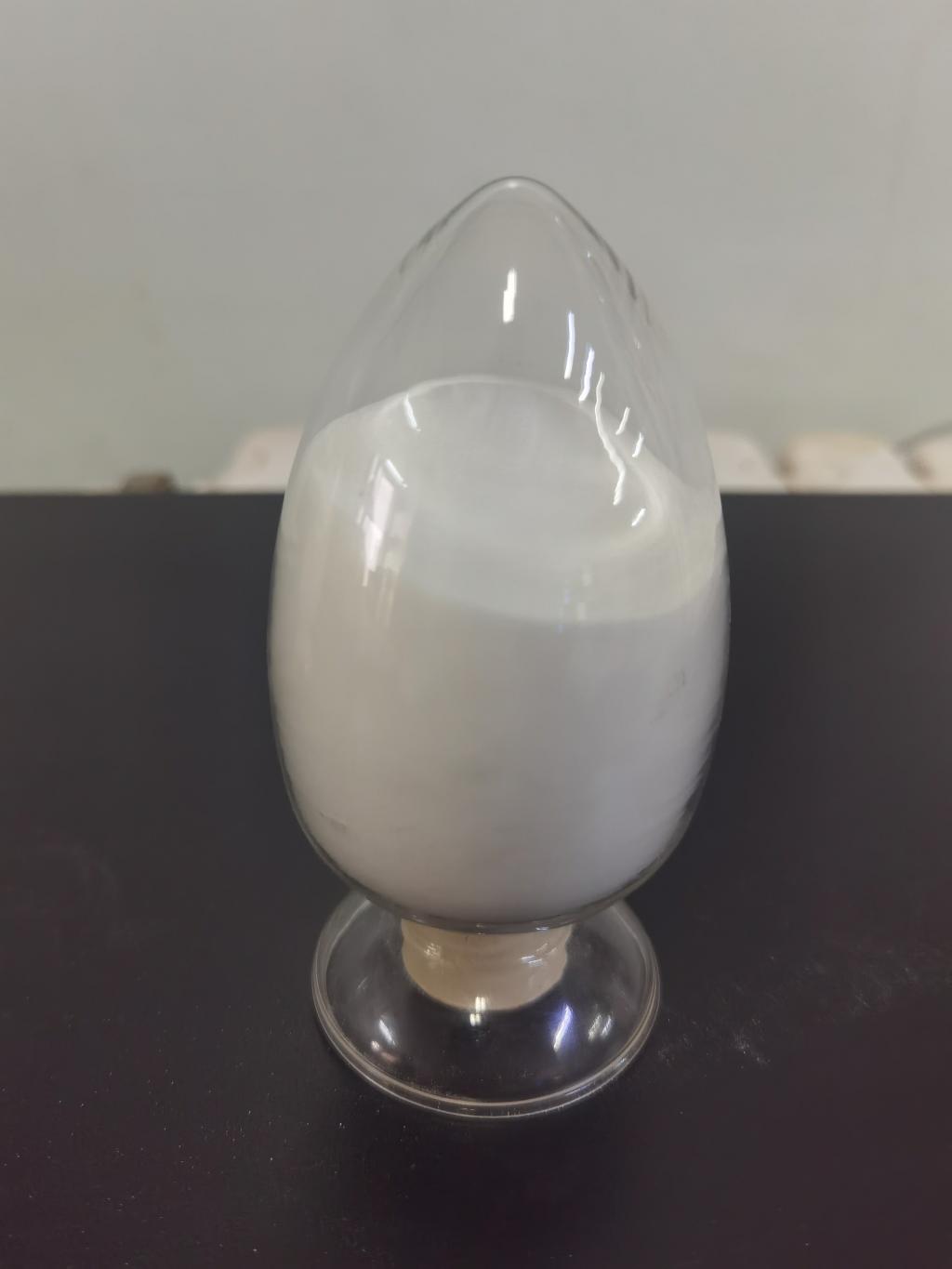Tel:+8618231198596

News
 CONTACT
CONTACT
 CONTACT
CONTACT
- Linkman:Linda Yao
- Tel: +8618231198596
- Email:linda.yao@dcpharma.cn
- Linkman:CHARLES.WANG
- Department:Overseas
- Tel: 0086 0311-85537378 0086 0311-85539701
News
Exploring the effects of ε-Polylysine hydrochloride on the microbial ecosystem of stored grains
TIME:2024-09-03
Introduction to ε-Polylysine Hydrochloride
ε-Polylysine (ε-PL) is a cationic polymer consisting of lysine units linked by ε-(γ-lysyl) bonds. It is produced by certain bacteria, primarily through fermentation, and is known for its broad-spectrum antimicrobial activity against bacteria, yeasts, and molds. The hydrochloride form of ε-PL is water-soluble and stable across a range of pH levels, making it suitable for various applications, including the preservation of stored grains.
Microbial Spoilage in Stored Grains
Stored grains, such as wheat, rice, corn, and barley, are often subject to microbial spoilage caused by fungi, bacteria, and insects. Fungal growth, in particular, is a major concern due to the production of mycotoxins, which can cause severe health issues in humans and animals. Common fungi found in stored grains include Aspergillus, Penicillium, and Fusarium species, which thrive in warm and humid conditions.
The Antimicrobial Effects of ε-Polylysine Hydrochloride
ε-Polylysine hydrochloride acts by disrupting the cell membranes of microorganisms, leading to cell lysis and death. Its effectiveness against a wide range of pathogens makes it a potent preservative for stored grains. Studies have shown that ε-PL can inhibit the growth of fungi and bacteria commonly associated with grain spoilage, thereby extending the shelf life and maintaining the quality of stored grains.
Application Methods and Dosing
To leverage the benefits of ε-PL in stored grains, several application methods can be employed:
Surface Spraying: ε-PL can be sprayed directly onto the surface of the grains before storage. This method ensures that the grains are coated and protected against microbial invasion.
Fumigation: In a controlled environment, ε-PL can be dispersed as a vapor, allowing it to penetrate deeper into the grain mass and reach all parts of the storage facility.
Incorporation into Packaging Materials: ε-PL can be incorporated into packaging materials that come into contact with the grains. This ensures a sustained release of the antimicrobial agent, providing long-term protection.
The optimal dosage of ε-PL depends on the type of grain, storage conditions, and the level of microbial contamination. Careful calibration and monitoring are required to ensure efficacy while avoiding any adverse effects on the quality or safety of the grains.
Impact on the Microbial Ecosystem
The introduction of ε-PL into the microbial ecosystem of stored grains has several implications:
Reduction of Pathogenic Bacteria and Fungi: ε-PL effectively targets harmful microorganisms, reducing their populations and preventing the spread of spoilage and disease.
Maintenance of Beneficial Microflora: While ε-PL is potent against pathogens, it is essential to consider its impact on the beneficial microorganisms that contribute to the natural fermentation processes in some grains. Proper dosing can help maintain a balance that supports beneficial flora.
Prevention of Mycotoxin Formation: By controlling fungal growth, ε-PL can significantly reduce the risk of mycotoxin production, ensuring that stored grains remain safe for consumption.
Sustainability and Food Safety
Using ε-PL in stored grains aligns with sustainable agricultural practices. Its natural origin and biodegradability make it an eco-friendly alternative to synthetic preservatives. Moreover, ε-PL's ability to extend the shelf life of grains can help reduce food waste, a critical issue in global food security.
From a food safety perspective, the use of ε-PL can enhance the quality and safety of stored grains by reducing microbial contamination and the risk of mycotoxin formation. This is particularly important in regions where storage facilities may not be equipped with advanced refrigeration or where climatic conditions favor microbial growth.
Future Directions
To fully realize the potential of ε-Polylysine hydrochloride in stored grains, further research is needed:
Long-Term Efficacy Studies: Investigate the long-term effects of ε-PL on stored grains to ensure consistent protection over extended periods.
Synergistic Combinations: Explore the use of ε-PL in combination with other natural preservatives or methods, such as modified atmosphere packaging, to enhance its effectiveness.
Consumer and Industry Acceptance: Assess consumer perceptions and industry readiness to adopt ε-PL as a standard preservative in stored grains.
Conclusion
The application of ε-Polylysine hydrochloride in stored grains offers a promising solution to the challenges of microbial spoilage and mycotoxin contamination. By effectively managing the microbial ecosystem within stored grains, ε-PL can contribute to safer and more sustainable food storage practices. Continued research and development will be key to optimizing its use and ensuring its widespread adoption in the agricultural sector.
- Tel:+8618231198596
- Whatsapp:18231198596
- Chat With Skype







